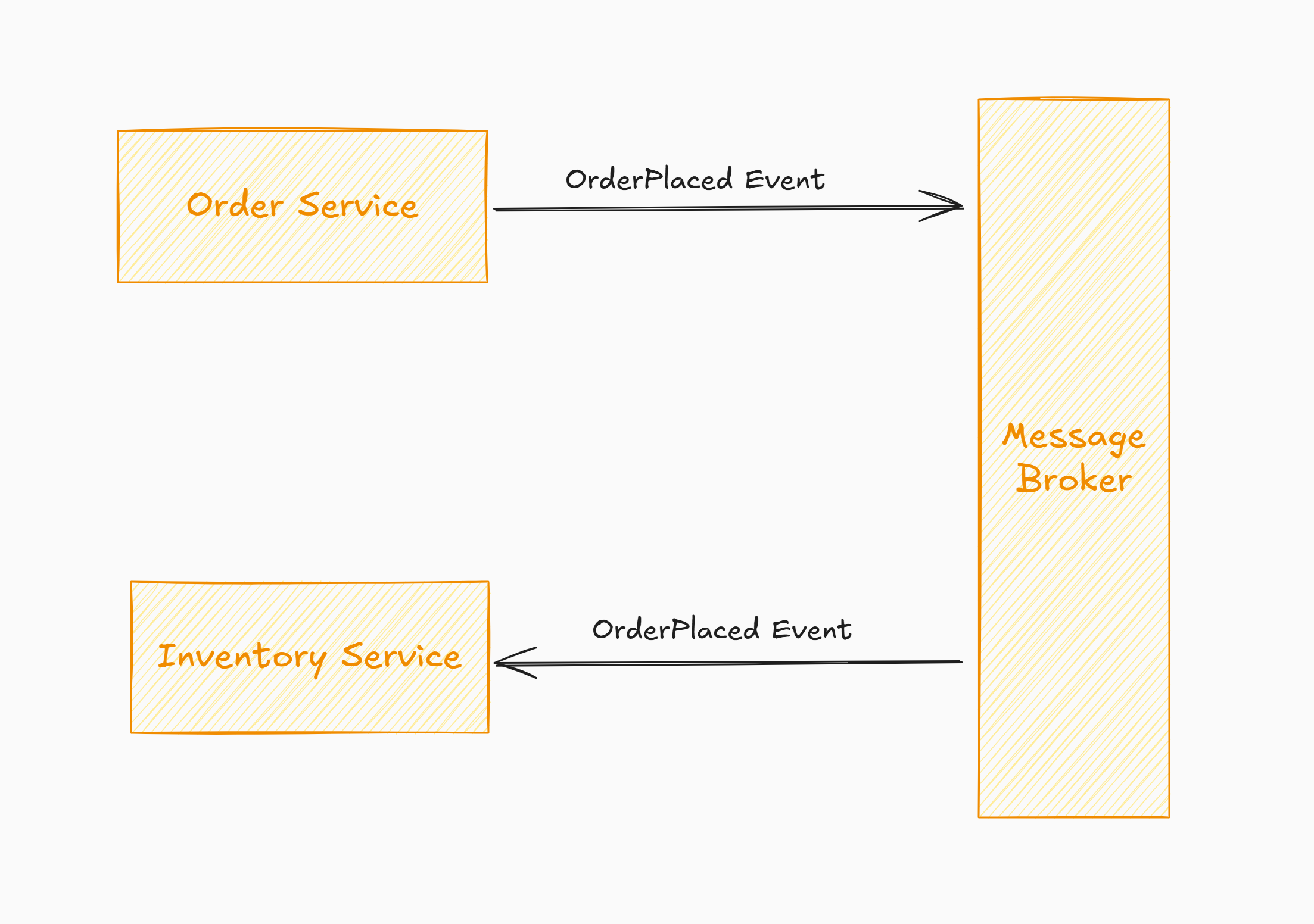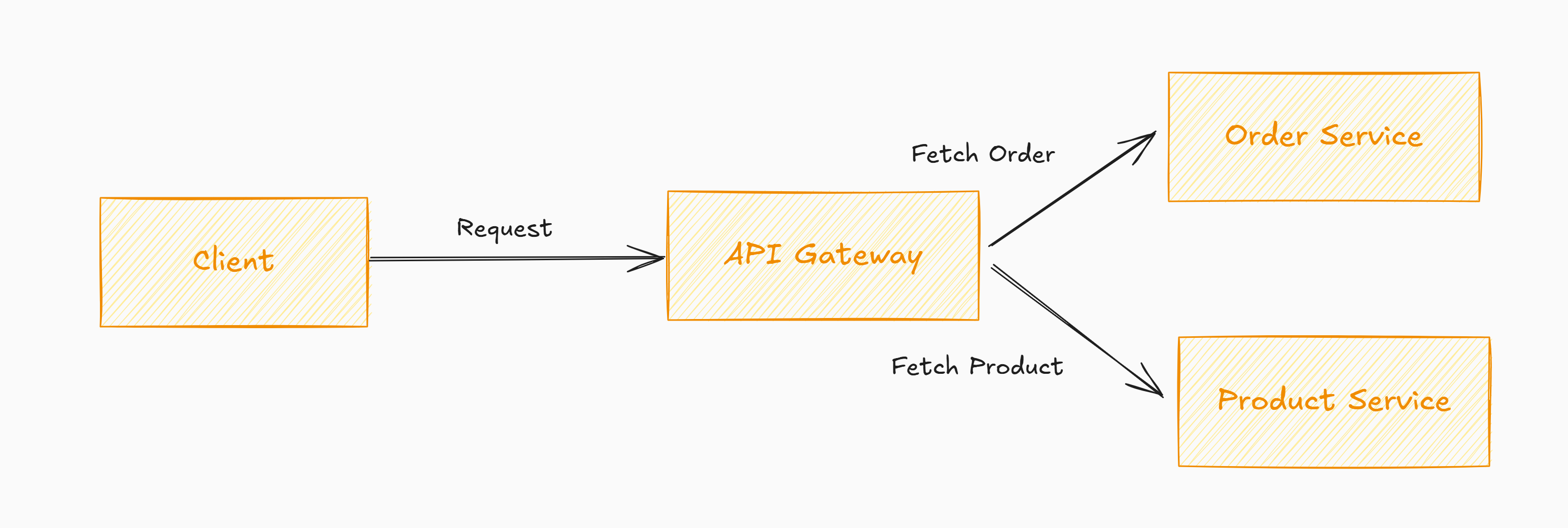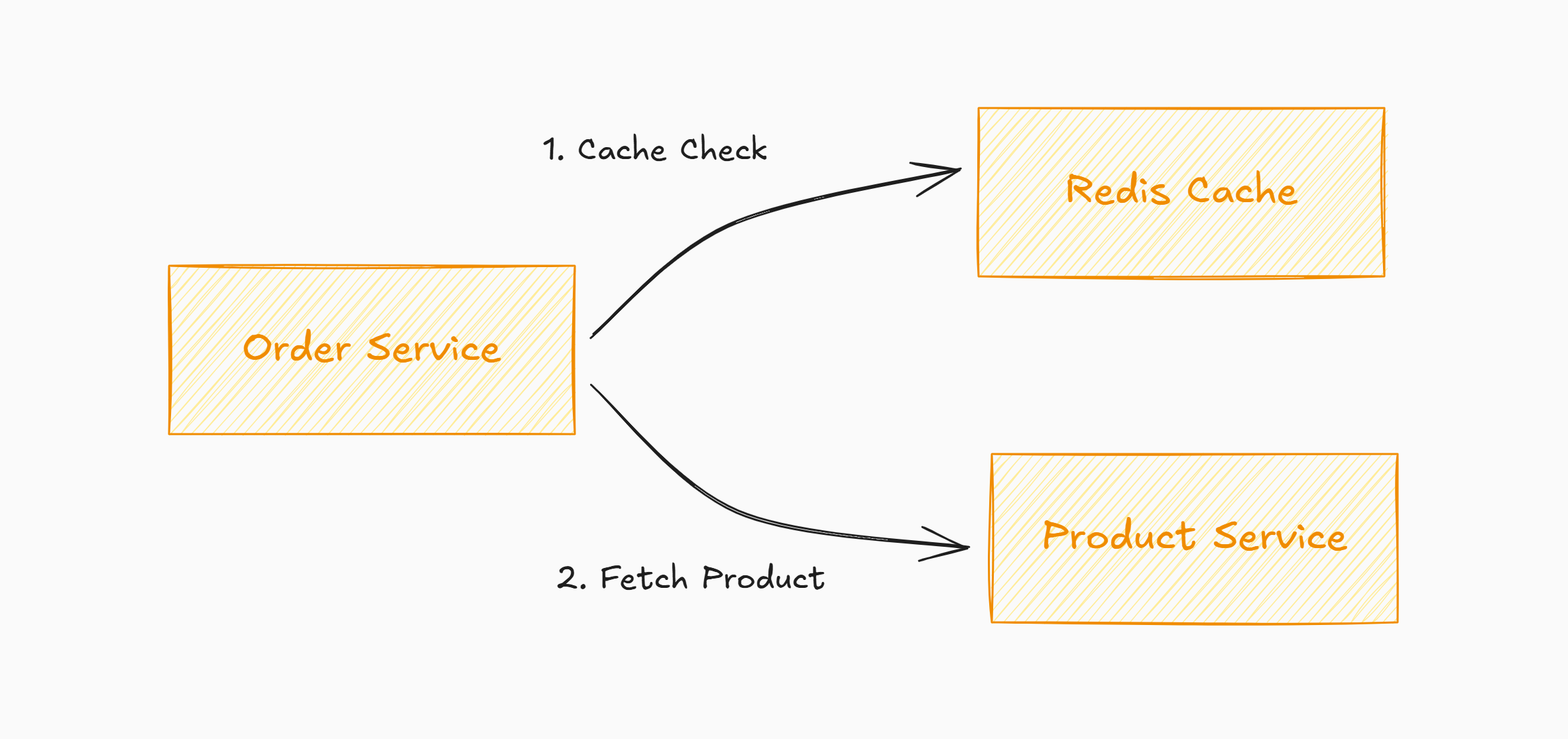Introduction
Microservices architecture is widely used to build scalable and maintainable applications. However, sharing data between microservices can be challenging, especially in complex systems like e-commerce platforms. In this article, we’ll explore how to share data between microservices using a real-world e-commerce example. We’ll cover best practices, patterns, and tools to ensure your architecture remains scalable and efficient.
The E-Commerce Example
Imagine an e-commerce platform with the following microservices:
- Product Service: Manages product information (e.g., name, price, description).
- Order Service: Handles order creation and management.
- Inventory Service: Tracks product stock levels.
- Payment Service: Processes payments.
- Notification Service: Sends order confirmation emails.
These services need to share data to provide a seamless shopping experience. For example:
- The Order Service needs product details from the Product Service.
- The Inventory Service needs to update stock levels when an order is placed.
- The Payment Service needs order details to process payments.
- The Notification Service needs order and user details to send confirmation emails.
Let’s explore how these services can share data effectively.
1. Using APIs for Communication
The most straightforward way to share data between microservices is through APIs. Each service exposes endpoints that other services can call to request or update data.

The Order Service sends an HTTP request to the Product Service to fetch product details. And the Product Service responds with the requested data.
advantages-disadvantages
- Simple and easy to implement.
- Clear boundaries between services.
disadvantages
- Increased network calls.
- Tight coupling if not designed carefully.
2. Event-Driven Architecture
In an event-driven architecture, services communicate by producing and consuming events. When data changes in one service, it publishes an event that other services can subscribe to.

The Order Service publishes an OrderPlaced event to a message broker (e.g., Kafka, RabbitMQ). And the Inventory Service subscribes to the event and updates stock levels when it receives the event.
advantages-disadvantages
- Decouples services completely.
- Enables real-time data synchronization.
disadvantages
- Requires additional infrastructure (e.g., Kafka, RabbitMQ).
- Eventual consistency (not immediate).
3. API Gateway for Aggregation
An API Gateway can aggregate data from multiple services and provide a unified response to the client. This reduces the number of network calls and simplifies client-side logic.

The client sends a request to the API Gateway to fetch order details. And the API Gateway calls the Order Service and Product Service to aggregate the data and returns a unified response to the client.
advantages-disadvantages
- Reduces client-side complexity.
- Improves performance by reducing network calls.
disadvantages
- API Gateway can become a bottleneck.
- Adds complexity to the gateway.
4. Caching for Performance
To reduce the number of API calls and improve performance, you can use caching. Services can cache data locally or use a distributed cache like Redis.

The Order Service first checks the cache (e.g., Redis) for product details. If the data is not in the cache, it fetches the data from the Product Service and stores it in the cache for future use.
advantages-disadvantages
- Reduces latency and database load.
- Improves performance.
disadvantages
- Cache invalidation can be challenging.
- May lead to stale data.
5. Shared Database (Anti-Pattern)
While it’s generally discouraged, in some cases, services may share a database. This approach violates the principle of loose coupling but can simplify data sharing.

Both the Order Service and Product Service access the same database directly. This eliminates the need for inter-service communication.
advantages-disadvantages
- Simplifies data access.
- No network calls between services.
disadvantages
- Tight coupling between services.
- Difficult to scale and maintain.
Conclusion
Sharing data between microservices is a critical aspect of designing a scalable and maintainable microservices architecture. In our e-commerce example, we explored how to use APIs, event-driven architecture, API Gateway, caching, and (as a last resort) a shared database to share data effectively. Each approach has its pros and cons, and the best choice depends on your specific use case.
By following these best practices, you can ensure that your microservices architecture remains scalable, maintainable, and efficient. Start implementing these patterns in your projects today and build systems that are both resilient and performant!
Happy coding!